Description
Media Converter – Reliable and Flexible Network Extension Solution
In today’s fast-evolving digital environment, the need for high-speed, long-distance, and cost-effective network solutions has never been greater. A Media Converter is a powerful device that enables seamless conversion between different types of network media—most commonly between copper (Ethernet) and fiber optic cables. It bridges the gap between legacy systems and modern optical infrastructure, making it an essential tool for extending the reach and performance of your network.
Whether you’re upgrading an existing network or expanding into new locations, media converters offer a simple and affordable way to integrate fiber optics without overhauling your entire infrastructure.
What is a Media Converter?
A Media Converter is a network device that enables communication between two dissimilar media types. Typically, it connects a twisted-pair RJ45 Ethernet port with a fiber optic SC/LC connector, converting electrical signals into light signals and vice versa. This conversion allows the transmission of data over much longer distances than traditional copper Ethernet cables can support.
These devices are widely used in enterprise networks, telecom systems, industrial automation setups, and campus environments.
Key Features of Media Converters
✅ Copper to Fiber Conversion
The core function is to convert Ethernet signals from copper (Cat5/6 cables) to optical signals over fiber. This enables a cost-effective way to connect different network segments, extend LAN distances, and enhance data security.
✅ Extended Transmission Distance
While copper cables have a limited range (typically up to 100 meters), fiber optic cables can carry signals for kilometers. A media converter extends your network reach, making it ideal for large campuses, multi-building installations, and remote equipment connections.
✅ Supports Multiple Fiber Types
Media converters are compatible with single-mode and multi-mode fiber, offering flexibility depending on your application needs. Single-mode is ideal for long distances, while multi-mode works best for shorter ranges.
✅ Fast and Gigabit Ethernet Support
Available in Fast Ethernet (100 Mbps) and Gigabit Ethernet (1000 Mbps) versions to meet varying bandwidth requirements. Advanced models also support 10/100/1000 auto-negotiation and full/half-duplex modes.
✅ Plug-and-Play Design
Most media converters are simple to install and require no configuration. Just plug in your Ethernet cable and fiber optic line, and the device automatically begins the conversion process.
✅ Compact and Durable Construction
Typically housed in compact, rugged enclosures, media converters are suitable for desktop use or DIN-rail mounting in industrial applications.
✅ Optional Features
Some advanced media converters include:
-
Built-in power adapters or dual power supply
-
Link Fault Pass-through (LFP)
-
VLAN support
-
Remote management capabilities
Applications of Media Converters
-
Campus Networking
-
Connect buildings over long distances without costly re-cabling.
-
-
Data Centers
-
Extend network reach while maintaining high-speed data transfer.
-
-
Telecom Operators
-
Bridge legacy copper infrastructure with high-speed fiber.
-
-
Surveillance Systems
-
Transmit video and control signals from IP cameras over long distances.
-
-
Industrial Networks
-
Enable fiber connectivity in harsh environments where EMI affects copper lines.
-
Benefits of Using Media Converters
-
Cost-Efficient: Extend your network without replacing all hardware.
-
Flexible: Compatible with various fiber types, wavelengths, and connectors.
-
Scalable: Easily add new devices to the network using existing infrastructure.
-
Secure and Reliable: Fiber optic networks are immune to electromagnetic interference (EMI) and offer higher security.
-
Energy-Efficient: Consumes low power, ideal for long-term installations.
Types of Media Converters Available
-
Standalone Converters: Ideal for single conversions in desktop or wall-mounted formats.
-
Chassis-Based Converters: Designed for large-scale enterprise or telecom operations with hot-swappable modules.
-
Managed Converters: Offer remote management, monitoring, and troubleshooting via SNMP or web-based GUI.
-
Industrial Converters: Rugged designs with wide temperature range support and DIN rail mounting.
Conclusion
The Media Converter is an indispensable solution for any organization looking to upgrade or expand their network infrastructure cost-effectively. By enabling the integration of fiber optics into existing copper-based networks, media converters help you achieve longer transmission distances, higher data rates, and improved network performance without massive infrastructure changes.

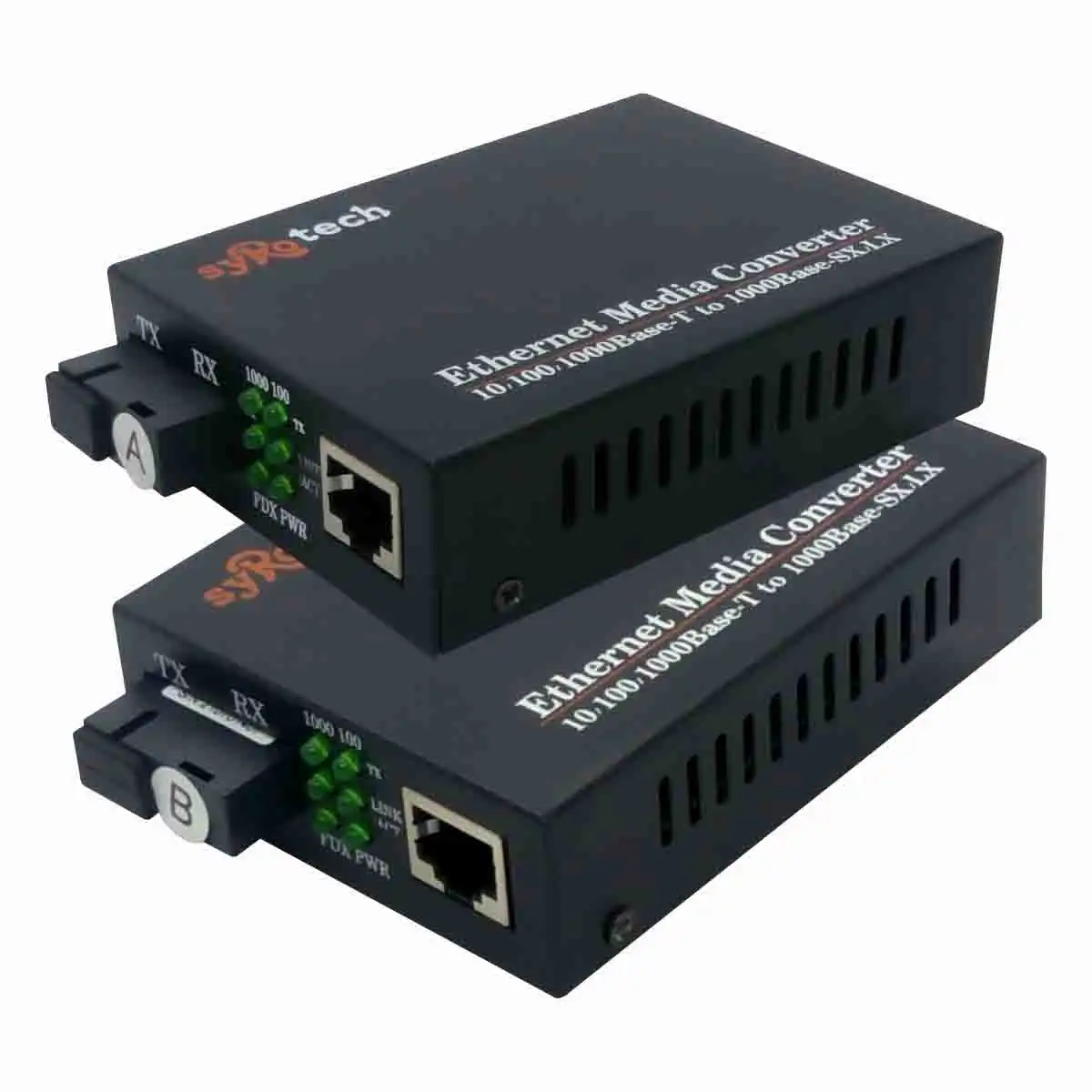
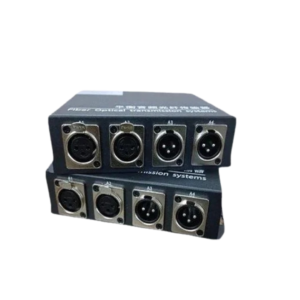
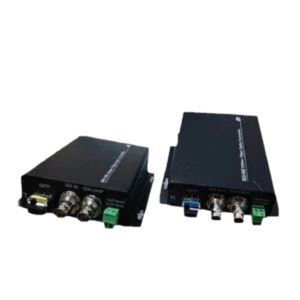
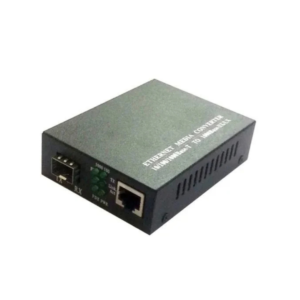
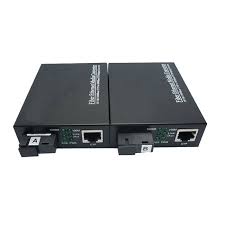
Reviews
There are no reviews yet.